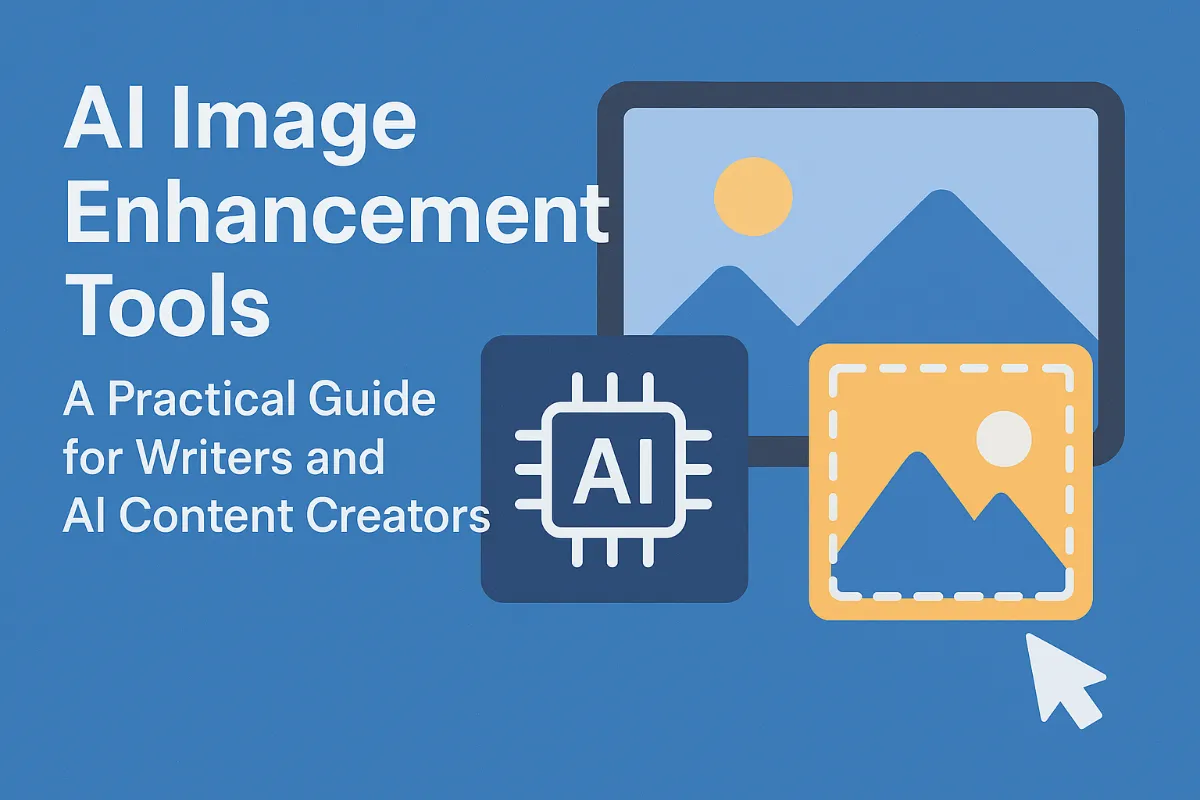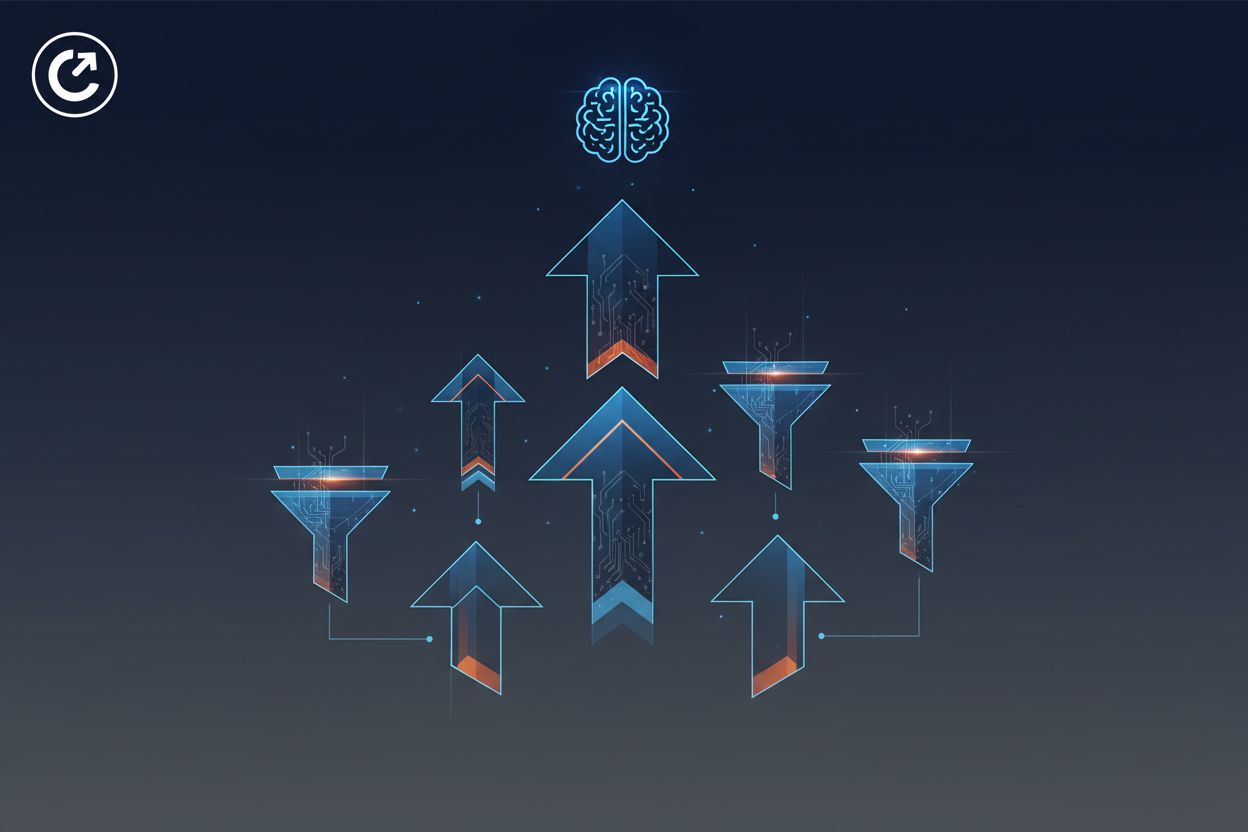Understanding Sludge Content and Its Creation Techniques
TL;DR
What Exactly IS Sludge Content?
Ever feel like you're wading through treacle trying to find something useful online? That’s probably sludge content in action. It’s not quite spam, but it's definitely not helpful.
Sludge content is content that's technically correct, but lacks value or engagement. (Creating Engaging Sludge Content) Think of it as the stuff that fills up space but doesn't actually do anything for you.
- It often overwhelms or frustrates the user instead of informing or entertaining them. (Rethinking (Dis)engagement in human-computer interaction) Imagine trying to assemble IKEA furniture with instructions written in legalese – technically accurate, but utterly useless.
- Think overly generic, repetitive, or hard-to-understand writing. (Is your idea too generic? : r/writing - Reddit) Like those articles that just rehash the same basic advice you've read a million times – "drink water, get enough sleep," yeah, yeah, we know.
- Sludge isn't always low-quality; it can be well-written but ultimately useless. It's like a beautifully decorated cake that tastes like cardboard; looks good, but serves no real purpose.
It's helpful to think of content quality as a spectrum. On one end, you've got the gold – engaging, informative, and genuinely helpful stuff. Then, you've got passable content – it's there, it's not awful, but it doesn't exactly set the world on fire. Then comes the unhelpful stuff, and finally, the dreaded sludge.
Why is "passable" content still a problem? Well, in today's online world, passable just doesn't cut it. You're competing with a lot of other content. Passable content fails because it doesn't capture attention, doesn't build authority, and ultimately, doesn't achieve its goals. In a crowded digital space, content needs to be remarkable to stand out. If it's just "okay," users will scroll right past it, and search engines might not rank it as highly. Plus, consistently publishing passable content can dilute your brand's perceived value over time, making it harder to build a loyal audience or drive conversions.
Sludge content can seriously hurt your brand.
- Decreased engagement metrics (bounce rate, time on page, etc.). People just aren't sticking around for garbage.
- Negative impact on brand perception and trust. If you're putting out sludge, people are gonna think you don't care.
- Loss of potential customers or leads. Nobody's gonna buy from someone who wastes their time.
- Reduced seo performance. Google's getting smarter; it can tell when your content is fluff.
How Sludge Content is Actively Created
So, how does this digital detritus actually get made? It's not always an accident. Sometimes, people intentionally churn out sludge for a few key reasons, often driven by a misguided understanding of what works online.
- Keyword Stuffing: This is an oldie but a goodie – or rather, a badie. It involves cramming as many relevant keywords as possible into a piece of content, often unnaturally, to try and trick search engines into ranking it higher. The result? Text that reads like a robot threw up a dictionary.
- Thin Content with Misleading Titles: Creating content that's very short, offers little to no real value, but uses a clickbait-y or sensational title to draw people in. The user clicks expecting something, and gets... well, not much. It's like ordering a gourmet meal and getting a single, unseasoned cracker.
- Repetitive and Rehashed Information: Taking existing content, changing a few words, and presenting it as new. This is common when people are trying to pump out a high volume of articles quickly without doing any original research or offering a unique perspective. It's the digital equivalent of saying the same thing over and over again.
- Focus on Quantity Over Quality: Some creators or businesses prioritize publishing a massive amount of content, believing that sheer volume will lead to success. They might use automated tools or hire cheap writers who don't have a deep understanding of the topic or audience, leading to a flood of mediocre, unhelpful material.
- Automated Content Generation (without oversight): While ai can be a tool, using it to generate entire articles with no human review or editing is a surefire way to create sludge. The ai might not understand context, nuance, or the specific needs of an audience, leading to generic, nonsensical, or even factually incorrect output.
These tactics, whether intentional or born from a lack of understanding, all contribute to the overwhelming amount of low-value content online.
Now, with the rise of ai, these creation techniques have become even easier to implement, which brings us to the next point.
So, how do you avoid creating sludge? That's what we'll dive into next.
AI's Role in the Rise of Sludge Content
Okay, so ai is supposed to make our lives easier, right? But is it accidentally turning the internet into a giant swamp of useless content? it kinda feels that way sometimes.
Here's the thing: ai writing tools are great for churning out volume, but not always quality.
- Over-reliance is a big problem. When people just copy-paste ai-generated text without editing, you get sludge. Like, imagine a small business owner using ai to write all their website copy – without even bothering to read it themselves. That's a recipe for disaster.
- Generic content is another issue. ai tools need good prompts. If you just type in "write a blog post about marketing," you'll get something bland. It's like ordering the "chef's special" and getting plain toast.
- The illusion of quality is dangerous. ai can make things sound good, even if it's empty. You know, grammatically perfect sentences that say absolutely nothing. It's like a politician giving a speech – sounds impressive, but what did they actually say?
- Lack of expertise is a killer. ai doesn't know anything, it just regurgitates what it's learned. So, if you're asking it to write about, say, quantum physics, you're gonna get nonsense unless you really knows your stuff and can correct it.
It's easy to fall into traps when using ai for content.
- Repetitive phrasing? Oh yeah, ai loves that. It'll keep using the same words and sentence structures over and over, which makes for super boring reading.
- Emotion? Forget about it. ai can't convey real feelings. It can mimic them, but it's not the same. Try getting an ai to write a heartfelt thank you note – it'll probably sound like a robot.
- Nuance is a no-go. ai struggles with complex topics that require understanding of subtle differences. Imagine trying to get an ai to explain the nuances of sarcasm – good luck!
- Citations? Tricky business. ai can make up sources if you're not careful. You have to double-check everything. Otherwise, you're spreading misinformation, and nobody wants that.
- Outdated info is a real risk. ai's knowledge is often limited to a certain point in time. So, it might give you information that's just plain wrong now.
So, where do we see this sludge in the wild?
- Product descriptions, oh man. "This amazing product is the best on the market!" Yeah, tell me something I don't know. ai-generated descriptions often lack specifics that would actually make me want to buy something.
- Blog posts that rehash the same old stuff. "5 Tips for Better Sleep." We've all seen those a million times. ai just regurgitates the same basic advice, adding nothing new.
- Social media updates that are just...bleh. "Happy Monday! Hope you have a great week!" Seriously? That's it? No personality, no engagement, just empty words.
- Website copy full of jargon. "We leverage synergistic paradigms to optimize your roi." What does that even mean? ai can generate impressive-sounding nonsense that just confuses people.
It's a jungle out there, and ai, while powerful, can easily contribute to the sludge.
How to Spot AI-Generated Sludge
Before we talk about how to avoid creating it, it's helpful to know what to look out for. Spotting ai-generated sludge isn't always easy, especially as the tech gets better, but here are some red flags:
- Unnatural Repetition: Ai can sometimes get stuck in loops, repeating the same phrases or sentence structures more than a human writer would.
- Lack of Genuine Emotion or Personal Voice: While ai can mimic emotion, it often feels hollow or forced. There's a lack of authentic personality, unique insights, or personal anecdotes.
- Generic and Vague Statements: Ai often defaults to broad, unspecific statements that don't offer much concrete value. It might sound plausible but doesn't provide actionable information.
- Factual Inaccuracies or Fabricated Sources: Ai can sometimes confidently state incorrect information or even make up sources. Always double-check facts and citations.
- Odd Phrasing or Grammatical Quirks: Sometimes, ai-generated text can have slightly awkward phrasing or grammatical constructions that a native speaker wouldn't typically use.
- Overly Formal or Stilted Language: Unless specifically prompted otherwise, ai can sometimes produce text that's too formal or robotic for the intended audience or platform.
Being aware of these signs can help you identify and avoid consuming or perpetuating sludge content.
Techniques to Avoid Creating Sludge Content
So, you wanna keep your content from turning into digital quicksand, huh? Good call. Nobody wants to be that website.
Always, always review and edit ai-generated content before hitting publish. I cannot stress this enough. Think of ai as a super enthusiastic intern - they get the basic idea but needs a LOT of guidance.
Add your own personality, insights, and expertise. That's what makes your content yours. Ai can give you a starting point, but you need to bring the flavor. Imagine ai writing a restaurant review – it can describe the food, but it can't tell you how it felt to eat it after a horrible day at work.
Make sure everything is accurate, up-to-date, and relevant. ai tools can pull info from anywhere, so fact-checking is crucial. Like, if you're in the healthcare industry, outdated information can be seriously harmful.
Double-check for plagiarism and cite those sources correctly. ai can sometimes lift content without proper attribution, and that's a big no-no.
Really understand what your audience wants. What problems are they trying to solve? What are they interested in? Tailor your content to that.
Give practical advice, actionable tips, or unique perspectives. Don't just rehash the same old stuff. Give people something they can actually use. For example, instead of just saying "save money," give specific tips on negotiating lower rates with suppliers.
Use storytelling, humor, or whatever to keep your readers hooked. Nobody wants to read a dry, boring article. Inject some life into it!
Make your content visually appealing. Break up the text with images, videos, or even just some nice formatting. Walls of text are a surefire way to lose people.
Don't just regurgitate what's already out there. Find a new angle, do some original research, or offer a fresh perspective.
Develop your own voice. What makes you unique? Let that shine through in your writing.
Share your own experiences and insights. People connect with authenticity. Don't be afraid to be vulnerable and share what you've learned.
Be transparent and honest with your audience. Don't try to be something you're not. People can spot a fake a mile away, you know?
Avoiding sludge content is all about being intentional and thoughtful. It's about putting in the effort to create something that is genuinely valuable and engaging for your audience.
Prioritizing Originality and Authenticity in Your Content
In a world flooded with information, originality and authenticity are your superpowers. They're what make your content stand out and connect with people on a deeper level.
Originality isn't just about being first: It's about offering a fresh perspective, a unique angle, or a novel approach to a topic. This could involve:
- Conducting your own research: Surveys, interviews, or experiments can yield truly unique data.
- Sharing personal experiences: Your own stories and lessons learned are inherently original.
- Synthesizing information in a new way: Connecting dots that others haven't, or presenting complex ideas in a simplified, original manner.
- Challenging existing norms: Offering a contrarian viewpoint or a critique of popular ideas, backed by solid reasoning.
Authenticity builds trust: It means being genuine, transparent, and true to yourself and your brand. This involves:
- Using your own voice: Don't try to sound like someone else. Let your personality shine through.
- Being honest about your limitations: It's okay to say "I don't know" or to admit when you're wrong.
- Showing your values: Let your audience know what you stand for.
- Engaging genuinely: Respond to comments and feedback with sincerity.
When you prioritize originality and authenticity, you're not just creating content; you're building relationships and establishing yourself as a credible, trustworthy source. This is the antithesis of sludge.
Tools and Strategies for Enhancing Content Quality
Okay, so you've got all this great content, but how do you keep it from, you know, turning into a digital ghost town? It's all about making sure it's actually good.
- Don't let ai be the whole show. Use ai tools to kickstart things, like for research or spitballing ideas. Think of it like this: ai can write a basic melody, but you need to add the harmonies and lyrics to make it a song. For example, ai can help a healthcare provider draft initial patient education materials, but a human needs to review it for accuracy and empathy.
- polish, polish, polish. ai can help catch typos and grammar goofs, freeing you up to focus on the bigger picture, like making sure your content actually says something. But don't just blindly accept what it spits out. Like, if you're in retail, make sure your product descriptions aren't just generic marketing fluff.
- Keep a human in the loop. ai is great, but it's not a mind reader. You need someone to steer the ship and make sure the content is actually useful and accurate. If you're in finance, make sure your ai-generated investment advice isn't, well, terrible.
Content that's easy to read is content that gets read.
- Break it up, break it up. Nobody wants to stare at a wall of text, right? Use short paragraphs, bullet points (like these!), and subheadings to make things easy on the eyes.
- Keep it simple, stupid. Ditch the jargon and write like a human. unless you're writing a scientific paper, of course.
- Spice it up with pictures. A picture is worth a thousand words, and all that. Plus, visuals can help explain complex stuff.
So, the key is to find that sweet spot where ai helps you create content, but you're still the one calling the shots. That's how you keep your content fresh, engaging, and sludge-free.





